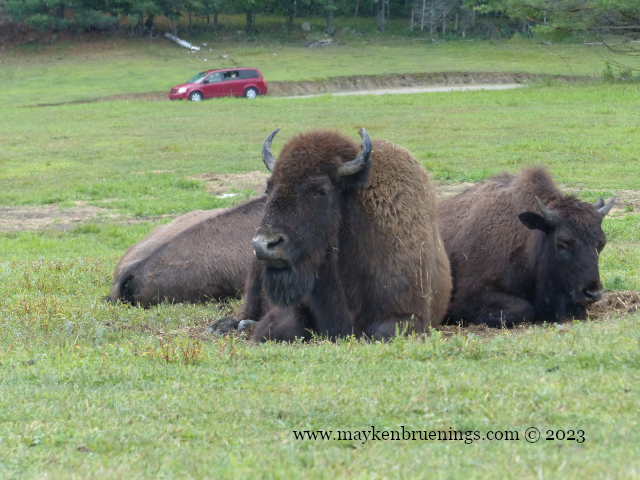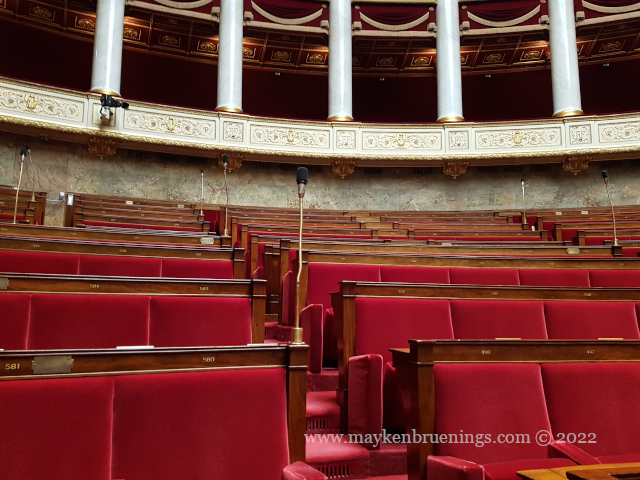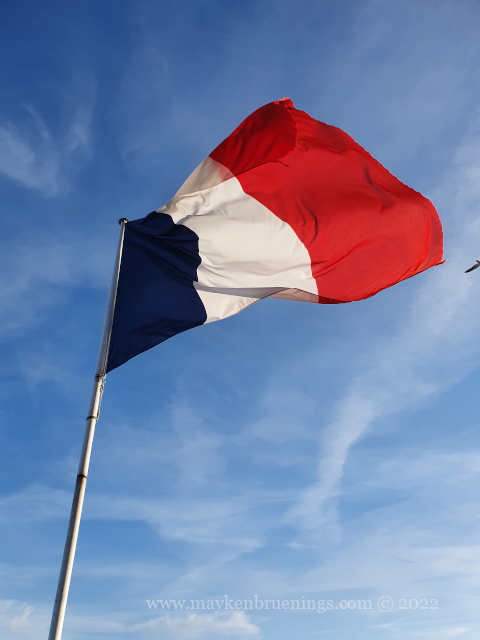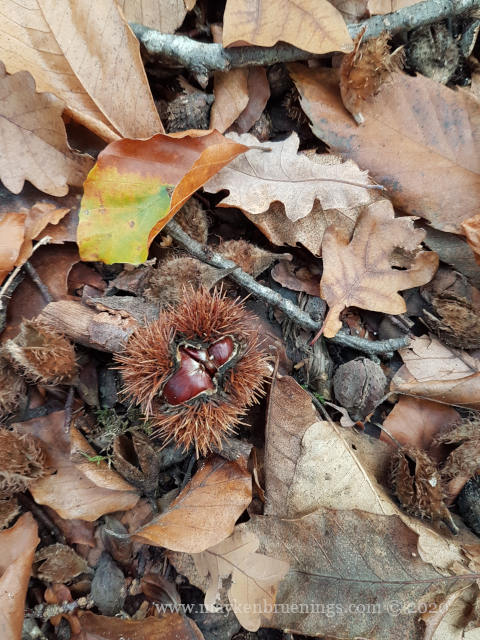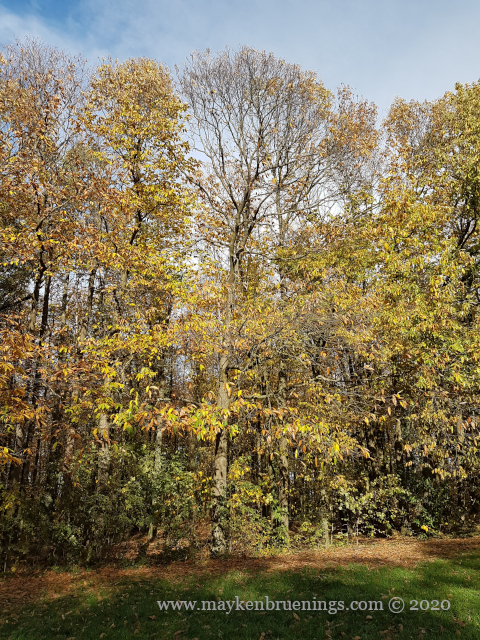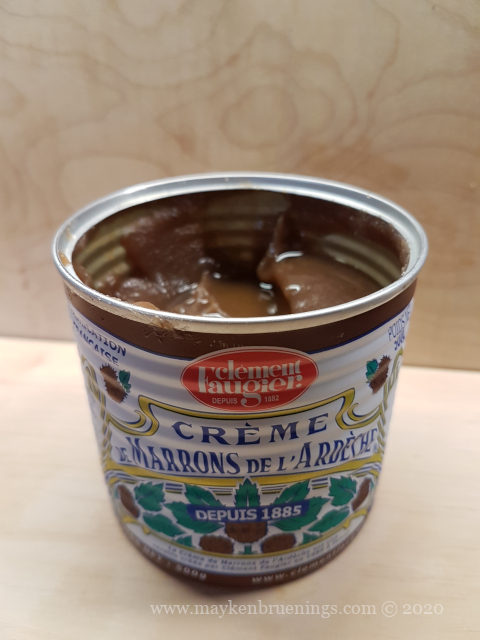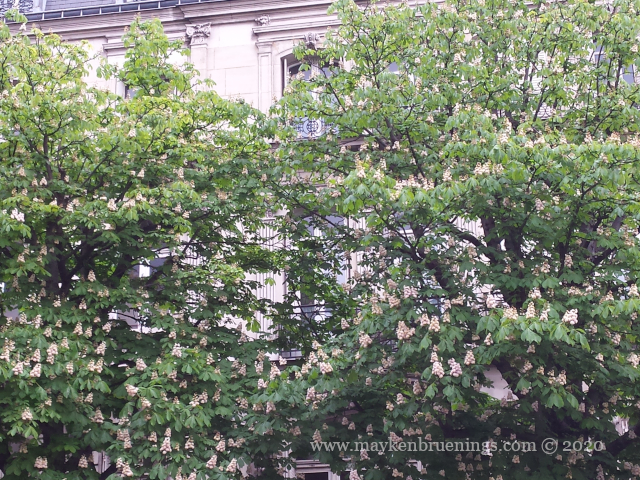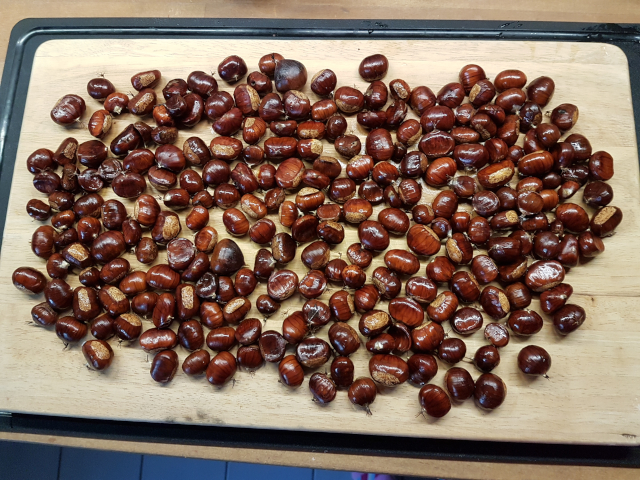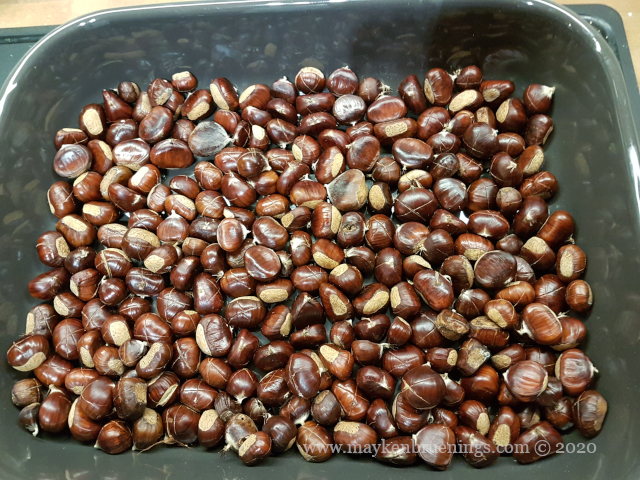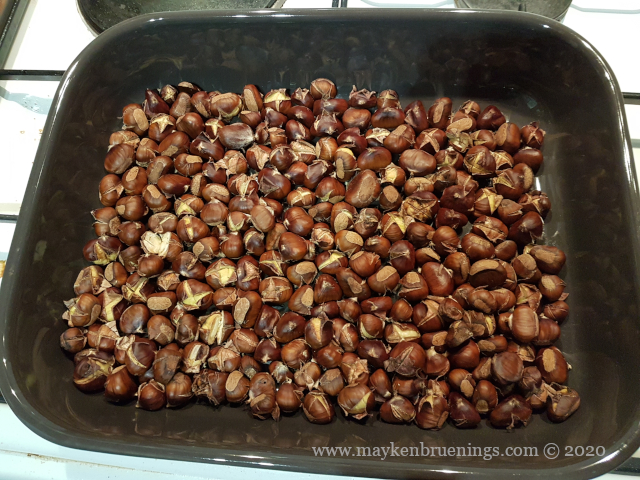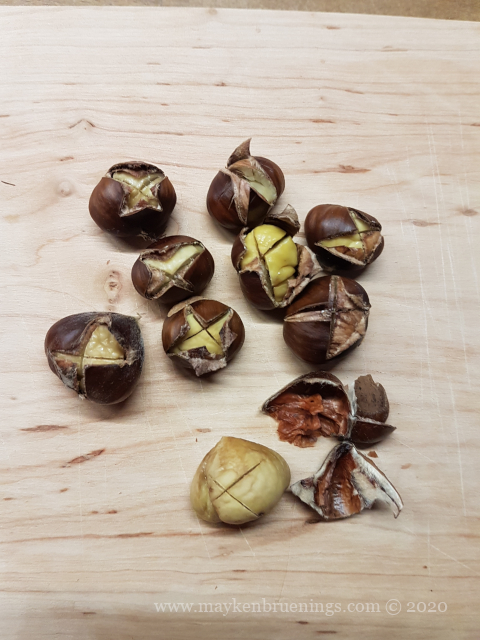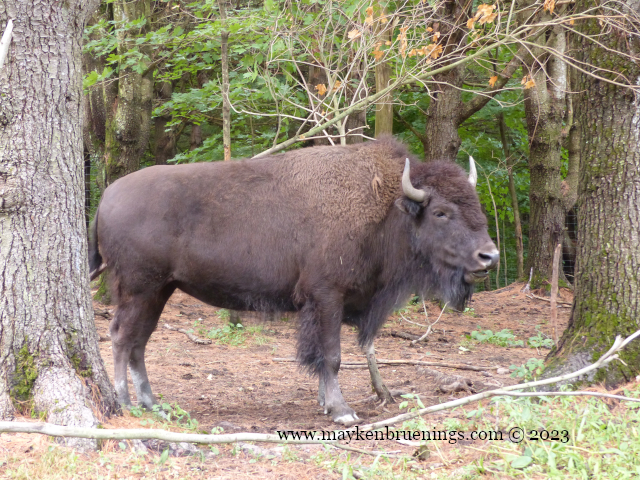
The French love going on holidays in their own country. Annual leave stands at five weeks and school holidays in the summer at two months, so there’s plenty of time to choose from and many lovely places to go to. Mer ou montagne? (Sea or mountains?) you will hear, or Mer ou campagne? (Sea or countryside?) In the end, lots and lots of French holiday-makers will head for the Mediterranean or the Atlantic coast in July or August. As holiday rentals start and end on Saturdays in high season, I’ll let you guess on which day traffic volume is highest.

Back when autoroutes were built and expanded and more and more people got cars, a traffic information system slowly developed. It got a big boost after tragedy struck during an August Saturday in 1975 when a combination of heat wave and traffic accidents killed almost 150 people.
Authorities realized they needed to work on three main points:
- Spreading the traffic over a larger time period
- Reinforcing alternative itineraries
- Communicating with the travelers
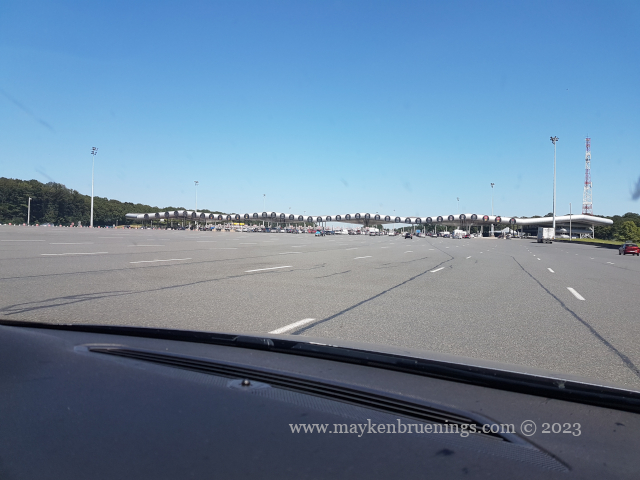
It was in this context that Bison Futé (Smart Bison) was created, a character who’d tell people the smart time to travel to avoid traffic congestion, and the alternative routes to take.
You’ll have guessed given the time (1970s) and the name, what this character was. Fortunately, French authorities have gone with the times, and the present logo of Smart Bison is the outline of a bison head made to look like an itinerary. The Smart Bison has become an icon that couldn’t simply be removed.
The Smart Bison website is run by the Transport Ministry, and both website and the Smart Bison Twitter feed will also warn of adverse weather conditions, like heavy thunderstorms.
But its main focus is traffic. Smart Bison will tell you if it’s a green, orange, red, or black day for departures and for returns.
- Green means normal traffic (including rush hour traffic in urban areas)
- Orange means heavy traffic with difficult driving conditions locally or generally
- Red means very heavy traffic with very difficult driving conditions locally or generally
- Black means traffic is extremely heavy and driving conditions are extremely difficult on the entire road network
For example, on July 12, 2023, a Wednesday preceding the weekend with the national holiday July 14 falling on the Friday, and school holidays having started the previous weekend, Smart Bison predicted the following traffic conditions for the weekend:
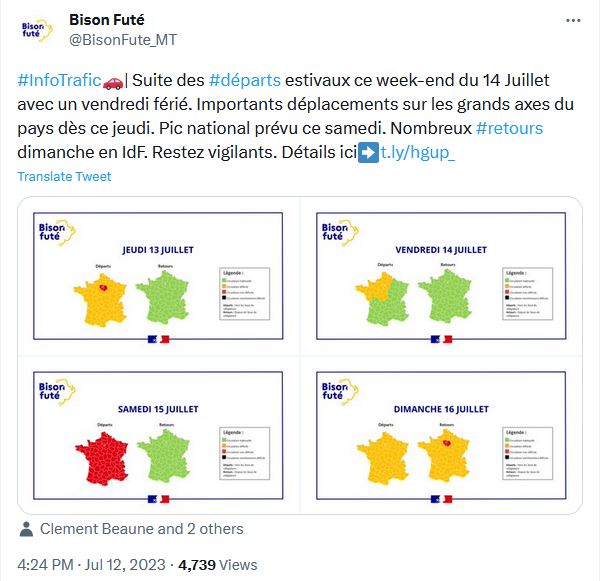
Thursday
Departures
Orange everywhere but red in the greater Paris area
Returns
Green everywhere
Friday (national holiday)
Departures
Orange in the north and northwest, including the greater Paris area
Green for the rest of the country
Returns
Green everywhere
Saturday
Departures
Red for the entire country
Returns
Green for the entire country
Sunday
Departures
Orange for the entire country
Returns
Orange for the entire country
Red for the greater Paris area
The pattern here is easy to spot:
It clearly was a weekend of departures, not returns, with a peak on Saturday (remember those holiday rentals?). The Red for the greater Paris area and Thursday for departures and Sunday for returns indicates many Parisians going away for the long weekend.
Not all that hard to read, is it? So next time you plan to drive in France, consult Smart Bison!
